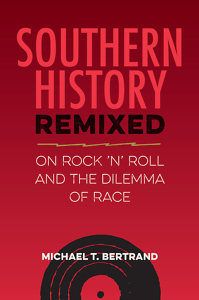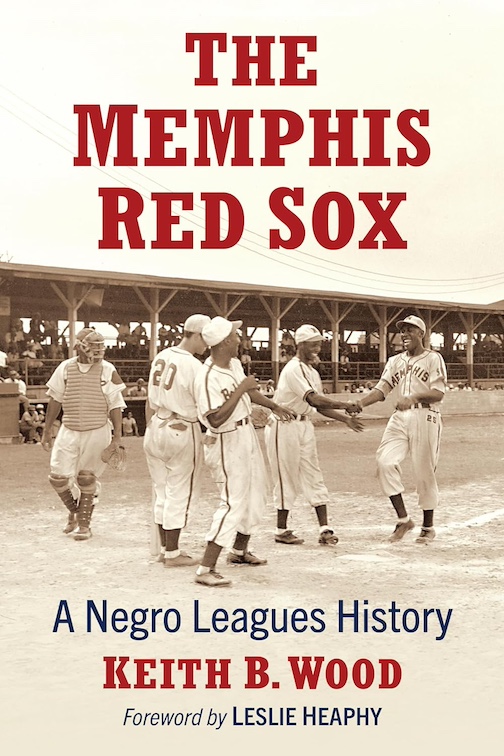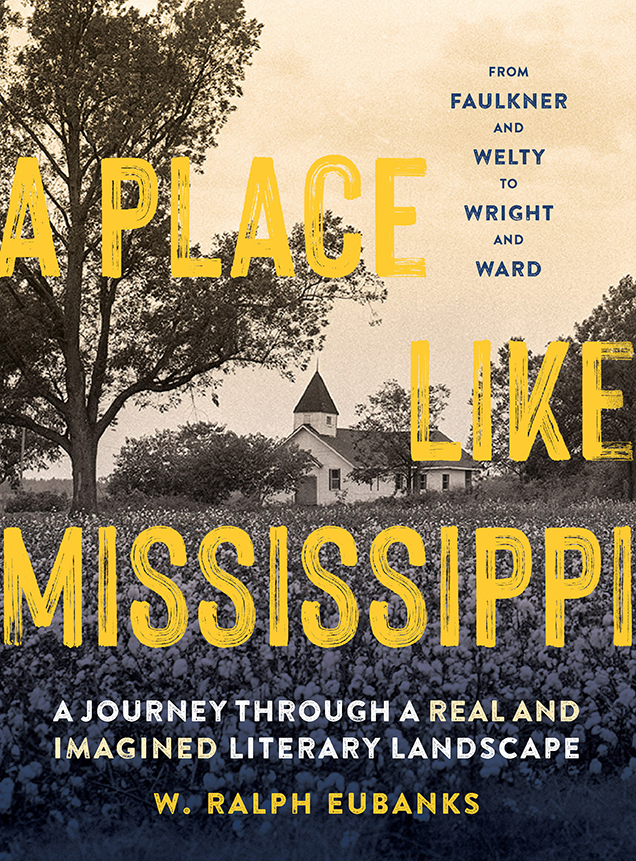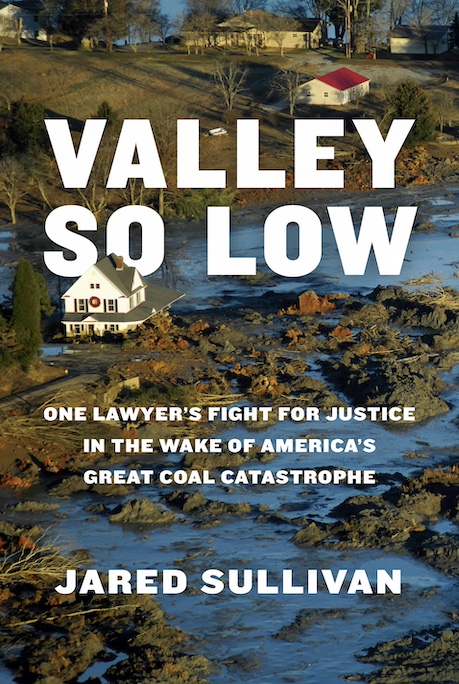All Shook Up
Michael Bertrand examines how rock ‘n’ roll united and divided Southerners across the color line
“Help Save the Youth of America,” read a flyer of the 1950s from the segregationist White Citizens’ Council. “DON’T BUY NEGRO RECORDS.” As Michael Bertrand continuously demonstrates in his fascinating new book, Southern History Remixed, popular music shaped how Southerners, Black and white, understood and engaged with one another. Music could both unite and divide. It is a history that hits more than one note — it twangs and jangles and rumbles.
 Michael Bertrand is a professor of history at Tennessee State University. He received his Ph.D. from the University of Memphis. A scholar with interests in popular music, popular culture, memory, and social change, he is the author of Race, Rock, and Elvis. He answered questions via email from Chapter 16.
Michael Bertrand is a professor of history at Tennessee State University. He received his Ph.D. from the University of Memphis. A scholar with interests in popular music, popular culture, memory, and social change, he is the author of Race, Rock, and Elvis. He answered questions via email from Chapter 16.
Chapter 16: This book was born after you read an editorial from 1956 by James Wechsler, the crusading liberal editor of the New York Post. What was the message, and how did it shape Southern History Remixed?
Michael Bertrand: It started with the editorial’s title, “The Bystanders.” Wechsler was commenting on the onstage attack by White Citizens’ Council members of Nat “King” Cole in Birmingham, Alabama. As he noted, racist paranoia over the popularity of rock ‘n’ roll among white teenagers precipitated the assault. Over 3,500 “decent human beings … watched in passive horror” as a handful of ruffians battered the performer. They later cheered and apologized to the singer, but the audience’s failure to rescue Cole resonates. Reading the editorial, it struck me that Wechsler was hinting that the Cole attack appeared made to order for future historians grappling with a changing American South’s encounter with the modern Civil Rights Movement. I end the book with the phrase, “It’s complicated.”
Chapter 16: Southern society sometimes appears paradoxical. On one hand, it has enforced racial separation. On the other, Black and white people interact closely, with a cross-fertilization of cultures. Can music help explain this paradox?
Bertrand: The key is U.B. Phillips’ article, “The Central Theme of Southern History,” in which he states that “the South shall be and remain a white man’s country.” What drove Phillips was his belief that a biracial Southern society would not produce a biracial Southern culture. But he was wrong. Anyone who charts the interrelationship between musical and cultural trends in the South recognizes the tension inherent in conflating regional identity with whiteness. The study of music likewise calls into question the cultural efficacy of segregationist policies and conventions among those Blacks and whites who were politically, economically, and socially marginalized. Despite the erection of the color line and laws limiting physical interaction, their similarities were more prevalent than their differences. Their potential for unity, in opposition to an oligarchical system oppressing them, was very real. And threatening.
Chapter 16: Academics tend to dismiss popular music as “unserious” history. Would you argue otherwise?
 Bertrand: Yes. The historian Eric Foner’s inclusive definition of “politics,” an entity equated with “history,” emphasizes that “the political” refers to the “shaping of opinion within the extended public sphere.” In the Cole attack, one of the assailants shouted, “Let’s go grab that coon.” This was a racial epithet whose origins can be traced to the 1890s “coon song craze.” The term entered everyday vernacular just as the popular music phenomenon gained consumer traction. Racial attitudes during this time worsened, and race relations in the South reached their nadir with the rise of racial segregation and escalating racial violence. The dissemination of “coon song” sheet music accompanied by folio covers depicting African American males as animal-like and threatening to the larger community occurred contemporaneously. My argument is that popular music has shaped or changed public opinion and that this issue of change drives historical scholarship.
Bertrand: Yes. The historian Eric Foner’s inclusive definition of “politics,” an entity equated with “history,” emphasizes that “the political” refers to the “shaping of opinion within the extended public sphere.” In the Cole attack, one of the assailants shouted, “Let’s go grab that coon.” This was a racial epithet whose origins can be traced to the 1890s “coon song craze.” The term entered everyday vernacular just as the popular music phenomenon gained consumer traction. Racial attitudes during this time worsened, and race relations in the South reached their nadir with the rise of racial segregation and escalating racial violence. The dissemination of “coon song” sheet music accompanied by folio covers depicting African American males as animal-like and threatening to the larger community occurred contemporaneously. My argument is that popular music has shaped or changed public opinion and that this issue of change drives historical scholarship.
Chapter 16: In the era after World War II, Black-oriented radio stations popped up around the South, including WDIA in Memphis. How did they shape Southern history in this period?
Bertrand: It is complicated, because most of the Black-oriented radio stations were white-owned. Nevertheless, in the late 1940s the emergence of African American radio programming played a large role in countering the Jim Crow imagery so vital to a segregated society (and earlier radio programming). Every major Southern city had at least one radio station that aimed its programming and on-air personalities toward a Black market; the impetus, of course, was advertising dollars. Following World War II, the South enjoyed a prosperity unprecedented in the 20th century. African Americans partook of this affluence. Trying to reach those listeners and their dollars, programs emphasized racial dignity, respect, and affirmation. Not insignificantly, those tuning in would include future Black student activists and white rock ‘n’ rollers.
Chapter 16: When we think about white Southerners during the Civil Rights Movement, we tend to focus on those who harassed, beat, and oppressed Black activists. If we approach the period through the lens of rock ‘n’ roll, does it complicate that picture?
Bertrand: Yes. The white student response was never monolithic. The voices of white teens often expressed ambivalence toward segregation and acceptance of desegregation, with students frequently mentioning their attachment to rhythm and blues or rock ‘n’ roll. Balancing the perspective as presented in the question, for example, are descriptions of frustrated young white segregationists outside of a school angrily yelling toward the building demanding that their peers join their demonstration. Significantly, most did not. As troublemakers returned to class and terrorized Black students, the majority of whites did little to counter. They did not join in the terrorism, but neither did they stop it. Many of the students may regularly have attended an off-campus morning Black-DJ-hosted radio show on the way to homeroom. Paradoxically, white rock ‘n’ rollers generally did not march for civil rights. But it is what else they did not do, and why, that draws our attention.
Chapter 16: Your first book was about Elvis Presley, and you keep circling back to him in Southern History Remixed. Why does he inspire such fascination for you, as a historical figure?
Bertrand: That is a question I have asked myself — numerous times! Seriously, my focus revolves around consumerism. Elvis was a passionate consumer whose consumption knew few bounds. In a region that historically adhered to white supremacy, his was an extraordinary attachment to expressive culture emanating from both sides of the color line. In this, Elvis helped reveal that consumerism — despite its many drawbacks — has the potential to break down barriers that separate people.
A generational representative, Elvis serves as a historical figure vital to understanding a changing post-World War II American South. I think he holds a key that often is ignored. But not by everyone. Nelson Mandela in 2000, upon a visit to the Bluff City to accept a Freedom Medal from the National Civil Rights Museum, referenced the timeless significance of Presley in his acceptance speech. “I cannot come to Memphis, Tennessee, and talk to youth without remembering Elvis Presley…Quite apart from what people might have thought of his music, he represented the differences of taste and approach that exist between generations.”

Aram Goudsouzian is the Bizot Family Professor of History at the University of Memphis. His most recent book is The Men and the Moment: The Election of 1968 and the Rise of Partisan Politics in America.





